
What you need to know about watch movements
When you want to buy (or offer) a watch, the choice of the movement is for sure the first question to ask. In this article we will go through the main movements that constitute the main part of the market.
Why is the automatic movement the most popular?
The mechanical self-winding movement, usually referred to as "automatic", is a mechanism that operates solely by means of arm movements. Inside, an oscillating weight called a rotor constantly rewinds the spring that directly gives life to the watch. It is for these practical reasons that it is now used by most watch brands.
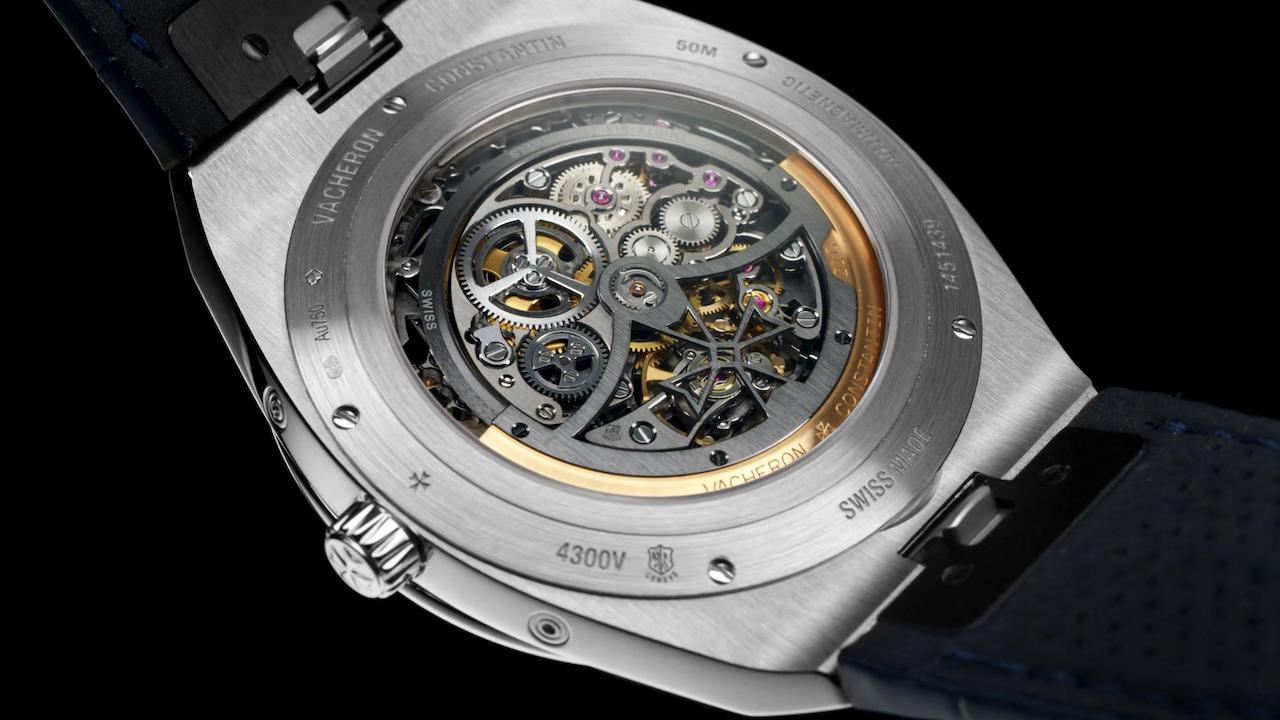
What is a hand-wound mechanical movement?
The hand-wound mechanical movement, sometimes mistakenly called a "mechanical" movement, is a mechanism that is wound manually and daily by turning the crown with the thumb and forefinger, usually in a clockwise direction. To give life to the movement, the barrel compresses a spring called a "spiral" which stores energy and gradually redistributes it.
its precision is about ten times better than that of a mechanical watch!
What are the advantages of the quartz movement?
The quartz movement is the most recent of these three movements as it appeared in 1970. At that time, it was seen as a real revolution in the world of watchmaking because its precision is about ten times greater than that of a mechanical watch! Indeed, these watches work thanks to a battery and a quartz oscillator that vibrates under the effect of electrical energy, which allows an outstanding precision. Apart from its legendary precision, the quartz movement benefits from a long autonomy (it takes several years before the battery has to be changed) as well as a much lower maintenance cost than a mechanical watch since it does not require any maintenance. Nevertheless, the quartz movement is considered less "noble" than that of a mechanical watch, which has been operating for centuries.
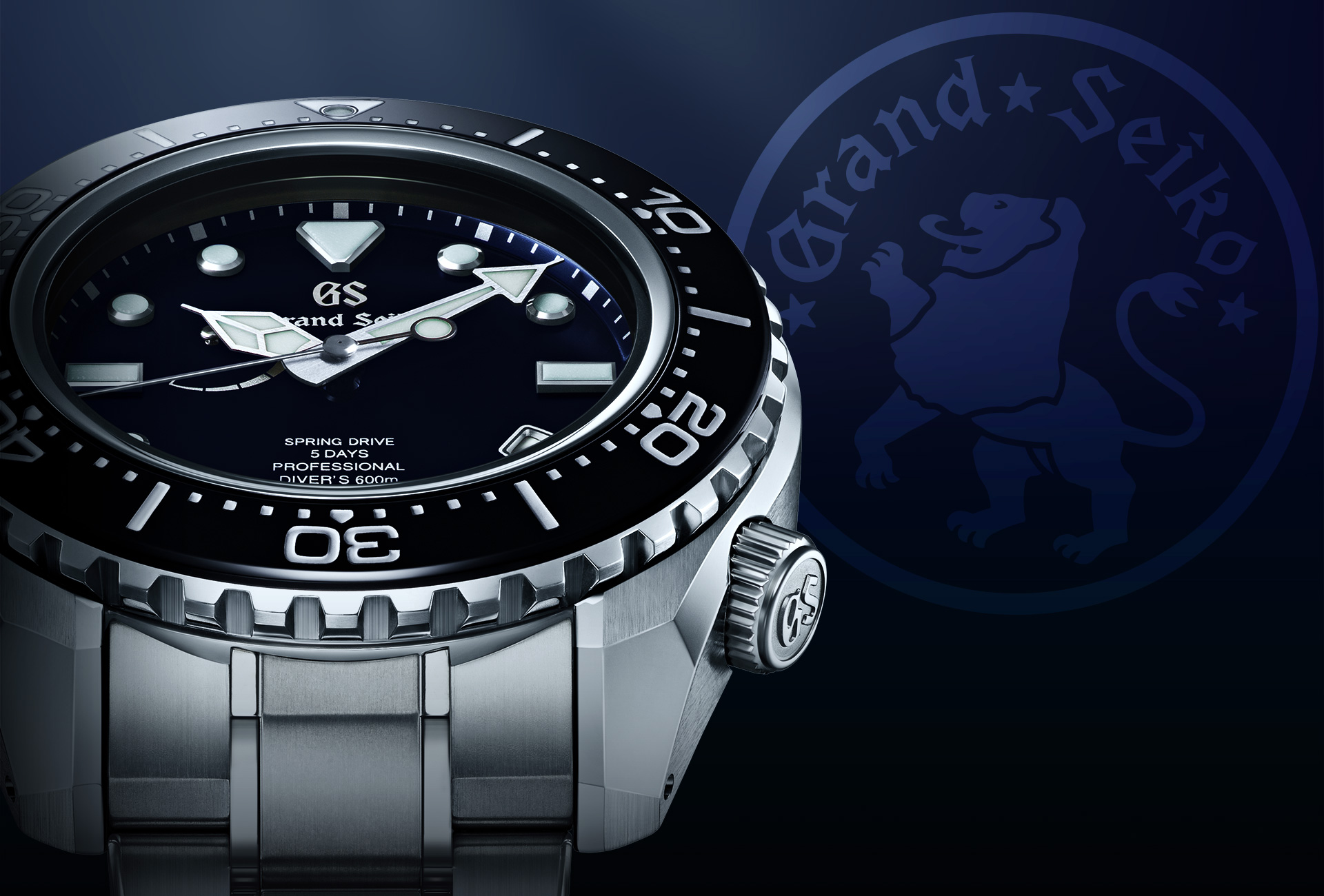
What is the Grand Seiko Spring Drive movement?
The Spring Drive movement developed by Grand Seiko is an atypical case because it is a hybrid movement. Indeed, this movement can be either manual or automatic and it is also equipped with an electronic brake and a quartz crystal. Thus this movement combines the beauty of a mechanical movement with the precision of a quartz movement. Mechanical energy is mixed with electrical energy and electronic energy. The operation is actually quite simple as the mechanical energy generates electrical energy from the mainspring and then the signal is transmitted by a quartz crystal oscillator which is in turn braked by an electromagnetic regulator.
What are the main complications of a watch movement?
The second display
The 3-hand watch displays hours, minutes and seconds at the same time. It is an invention that allows the time to be displayed more accurately than 2-hand watches because the second divides one minute into 60 seconds. The minute hand is generally longer than the hour hand and the second hand is called "central" when it is located on the same axis as the minute and hour hands. A distinction is made between the "centre" second, also called the "big second", and the "small second". The "small second" is encircled in a small dial often located at 3 or 9 o'clock.
Chronograph watches
In watchmaking, the chronograph is a function that should not be confused with the chronometer. The chronometer is a guarantee from an independent body that a watch is accurate over a day, whereas the chronograph measures time intervals. A watch with a chronograph function can be identified by the pushers above and below the crown and the two or three small dials integrated into the dial. Generally, the top pusher is pressed to start the central seconds and then pressed again to stop it. The bottom pusher is used to reset the counter. The 3 sub-dials are most often used to calculate the minutes, the hours and to indicate the "small second".
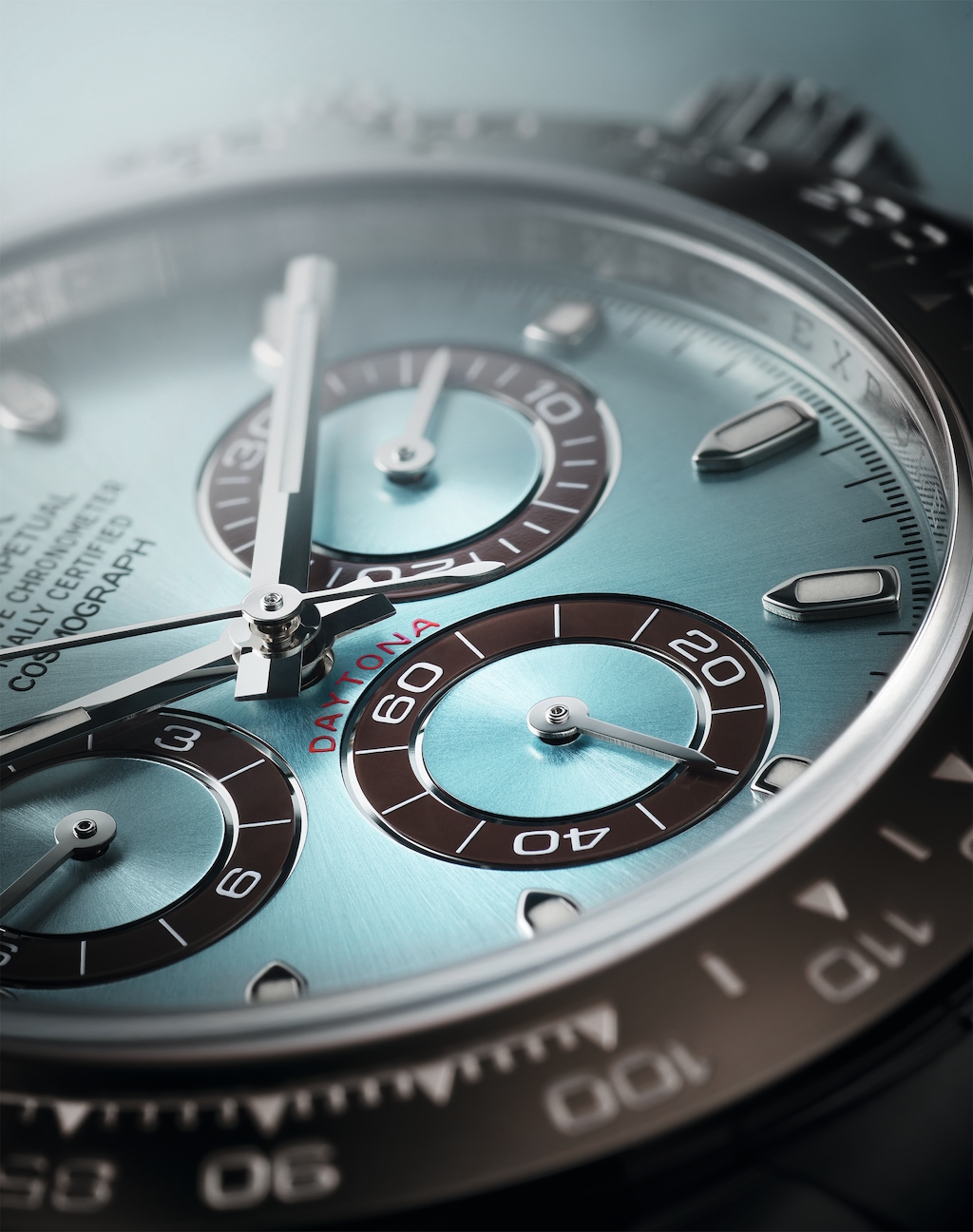
The flyback function of a chronograph watch allows a new time to be started while the chronograph is already running. It is often necessary to press the lower pusher without having to press the upper pusher which is normally used to stop the chronograph. You can then reset the timing with the lower pusher and a new timing is started.
The split-seconds chronograph is another function that exists on certain chronographs and which takes the form of a second seconds hand. The two hands turn in a superimposed and synchronized way which makes it possible to measure an intermediate time. Once this time has been measured, the rattrapante synchronises and "catches up" with the main second hand.
Moon phase display and perpetual calendar
The moon phase is a complication that reproduces the cycles of the moon through an aperture on the dial that indicates the current cycle by means of an illustration of the moon.
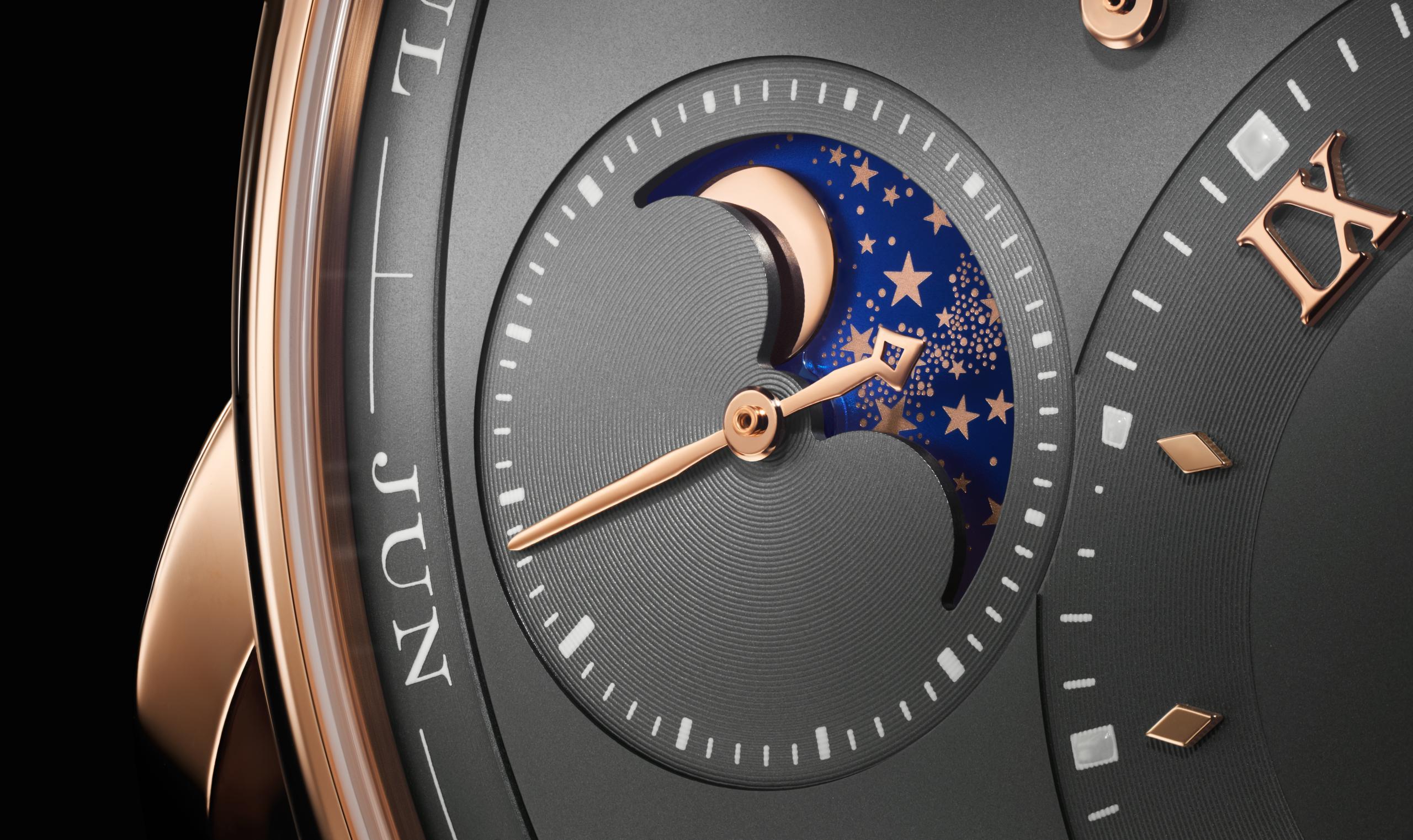
The perpetual calendar is a complication that simultaneously displays the date, day, month, year and the number of days in each month as well as leap years. The perpetual calendar often includes a moon phase.
What is a tourbillon movement?
The tourbillon is one of the most difficult horological complications to achieve. It is a device that compensates for the effects of gravity to improve the precision of the watch.
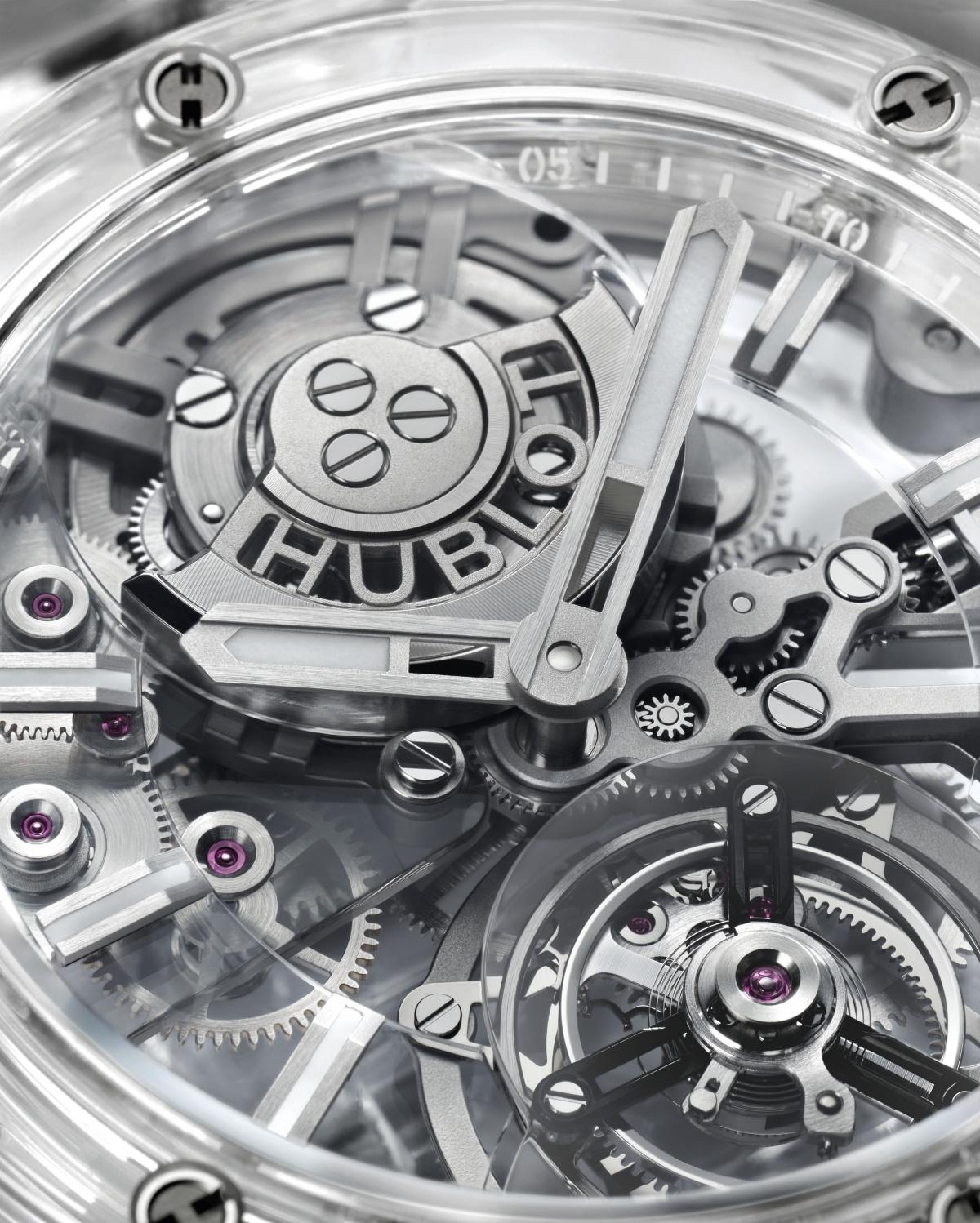
Minute repeaters and chime watches
The minute repeater gives the time by sounds. This complication was very useful at night in the days of candlelight. By simply pressing a pusher, hammers activate a bell that indicates the hours, quarters and minutes.
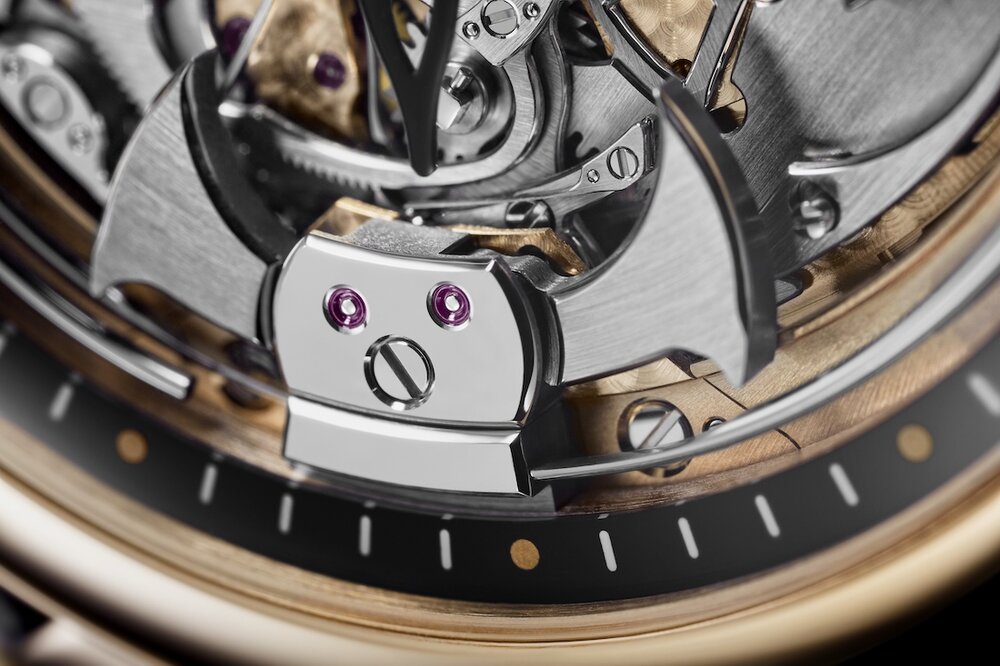
There are two categories of chime watches, small chime watches (petite sonnerie) and large chime watches (grande sonnerie):
- A grande sonnerie watch automatically strikes the hours and quarters. It may also repeat the hours at each quarter. Some grand chimes may have a minute repeater that counts the hours, quarters and minutes by means of a pusher.
- A petite sonnerie watch is a grande sonnerie that cannot repeat the hours on each shift.



